What is Reinforced Earth Wall (RE Wall)?
Reinforced Earth Wall (RE Wall) used for sustaining soil laterally so that it can be retained at different levels on both sides of the carriageway. RE Wall is a combination of earth and linear reinforcement in the form of strips, grids, rods, mesh etc. that are capable of bearing sizable tensile stress.

Elements of Reinforced Soil Wall:
Following are the major elements of RE Wall construction.
- Facia Panel/RE panel
- Reinforced Fill
- Drainage Media/Filter Media
- Reinforcement
- Crash Barrier
Precast RE Panel:
- The minimum grade of concrete for the precast facia panel should be M35.
- The minimum thickness of the RE Wall facia panel shall be 180mm.
- Ethylene Propylene Diene Monomer (EPDM) Pads are used to maintain spacing between RE panels.
- The joints between the pads shall be covered from inside with a geotextile Strip of a minimum of 100mm thick.
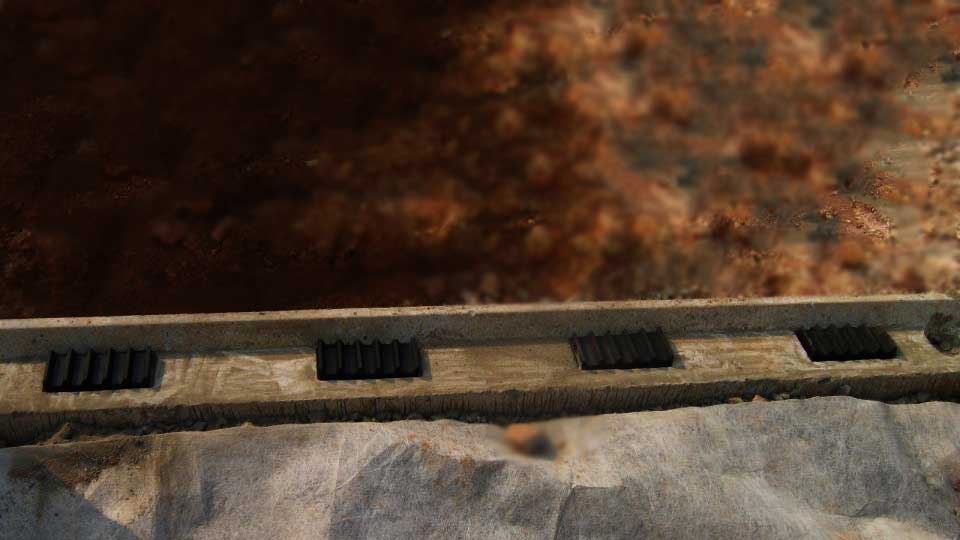
Reinforced Earth Fill:
The reinforced earth fill material is essentially borrowed. Geotechnical Properties of this fill material play a significant role in the performance of the RE wall structure. The soil is borrowed from quarries, river beds etc. and the material borrowed would be compatible concerning the quantity required. We should maintain the following properties of reinforced soil during construction.
- Reinforced Material should be free of Organic Material.
- Grain size ( Finer Than 75 micron less than 15%)
- Plasticity Index, PI < 6 and Cu >2
- Bulk Density as per design requirement
- OMC as specified in the design
- Drained Shear Strength Parameters ( f >300)
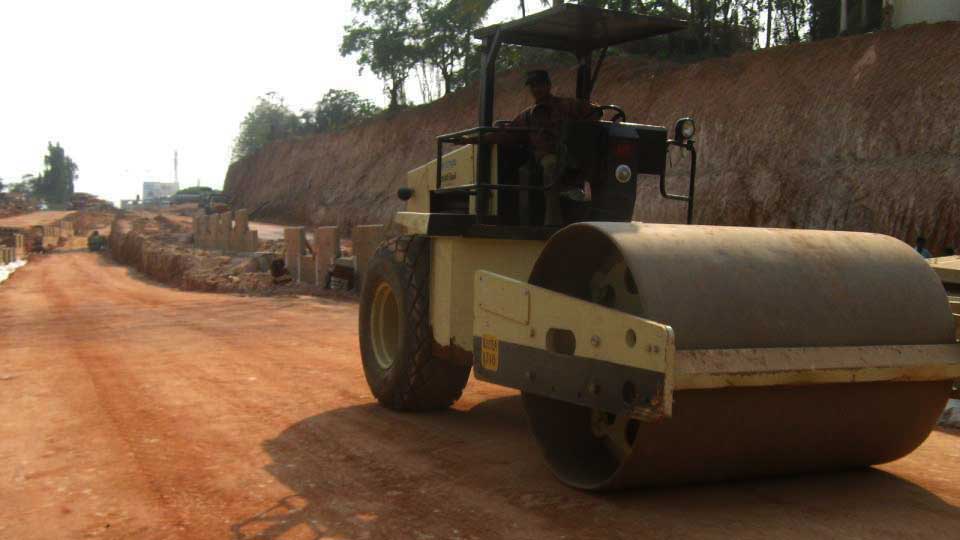
Drainage Media/Filter Media:
Filter Media should be provided to avoid the development of hydrostatic pressures during RE Wall construction. A Drainage Media of a minimum 600 mm width at the back of the RE panel facing is usually used. Some times profiled blocks are also used for the facia which has provision for placing granular drainage.
Reinforcement Material:
Different type of reinforcements is used for the construction of reinforced earth wall. It is either metallic elements like bars, strips, plates etc. or Polymeric elements like strips, grids, rods, mesh etc. All types of reinforcements are taken beyond the Rankine zone into the resistant zone to ensure satisfactory bond and anchorage. The reinforcement can provide resistance to tensile strain. Following are the tests for reinforcement material quality control for RE wall construction.
- Tensile Strength
- Installation damage
- Creep
- Pullout Tests
- Raw material
- Carboxyl End Group(<= 30mmol/Kg)
- Molecular Weight(Polyester >25000g/mol)
Frequency of Testing for RS Wall Construction:
- 1 set per 5000sqm RE wall facia or two sets of samples whichever is higher
- Vertical spacing of reinforcement shall not exceed 800mm.
- Minimum length of reinforcement should be 0.7H or 3.0m.
RE Wall/RS Wall Friction Slab:
RS Wall friction slab is used to transfer the lateral loads due to the impact of vehicles on the crash barriers. Typically a friction slab width varies from 1.50-2.50m and thickness of the slab, which is 250mm depends on the crash barrier type provided. Bottom of friction slab should match with the bottom of GSB.
Reinforced Earth Wall Construction Sequence:
- Excavation: Earthwork in the excavation of soil for reinforced soil Wall (RS Wall) shall be as per construction drawing. After soil excavation, compaction should be done to avoid any kind of settlement in foundation soil.
- Levelling Pad: An initial levelling pad of 150 mm thick using M20 grade plain cement concrete having a suitable width(300-350mm) to be provided below the first row of fascia layer.
- The first layer of facia: It should be as per the design and drawing. During the first layer of facia placement, utmost care should be taken to maintain the alignment of the facing element.
- Drainage material: Drainage material/filter media specification should be as per the design requirement. Drainage layer should be well compacted, and which is constructed in a layer-wise.
- Placing of Reinforced soil behind drainage bay/filter media: Placing the reinforced soil backfill behind the drainage zone and compacting the same.
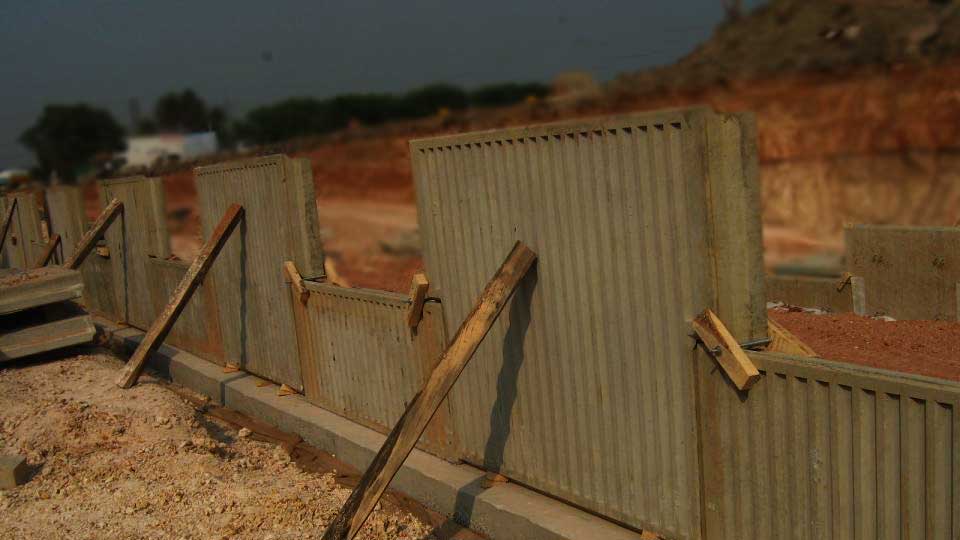
Compaction of Reinforced Fill:
- The fill shall be compacted to 95% density, and the compacted layer thickness shall not exceed 200mm thickness.
- All construction plant having a mass exceeding 1500Kg shall be kept at least 2.00m away from the face of the wall.
- Vibratory roller weighing per metre width not exceeding 1300kg with the total weight not exceeding 1500kg
- Vibratory plate compactor having maximum weight 1000kg.
- Vibro tamper having a weight not exceeding 75kg.
Placing of Reinforcement:
- No construction equipment shall move directly over reinforcement.
- Reinforcement should not protrude out of facia.
- The second layer of the facia is placed over facia to interlock geogrid.
- Where panels are used the reinforcement should be connected to connectors embedded in the facia.
- The face of the blocks should be profiled to have an inward batter of 2-4 degree.
RE Wall Construction Tolerances:
To maintain the quality of work, we always have to remember the following construction and serviceability tolerances.
- All dimensions of precast RCC facia panel should be within ±5mm.
- Evenness of Front Face must be ±5mm over 1500mm.
- The maximum difference between the length of the two diagonals should be 5.00mm.
- Thickness of RS Wall facia Panel should be within ±5mm.
Causes of Failure of Reinforced Earth Wall:
- Inadequate/improper levelling pad construction
- Compaction and properties of reinforced fill not meeting design requirement.
- Abnormal drainage system
- Improper connection to facia/variation to specifications/drawing.
- Change in connection details.
- Heavy Compaction equipment coming within 1.50m from the panel face
- Filter material not meeting the required specifications
- Primary batter not provided in panels to maintain the RE panel slope
Due to the above construction deficiency following type of failure may be occurred:
- Excessive settlement and bulging out of facia panels
- Distortion/leaning of the wall and uneven riding surface
- Clogging of drainage
- Leaning and eventual collapse of panels/blocks leading to local failures




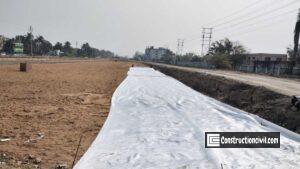
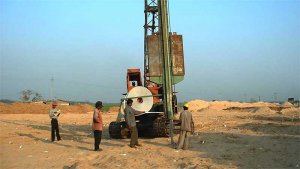
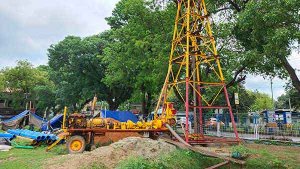
Could please tell me Re wall pi value??
I would like to know the technichnical querries of highway sector.
1.As reason of RE Wall Failure.
2.Reason of Settelement near approches of MNB,MJB,BC & ALL TYPES OF CULVERTS.
3. Reason of Longitudinal joints Expanding with passes of time in High Embakment area both side of VUP, CUP, CUP etc.